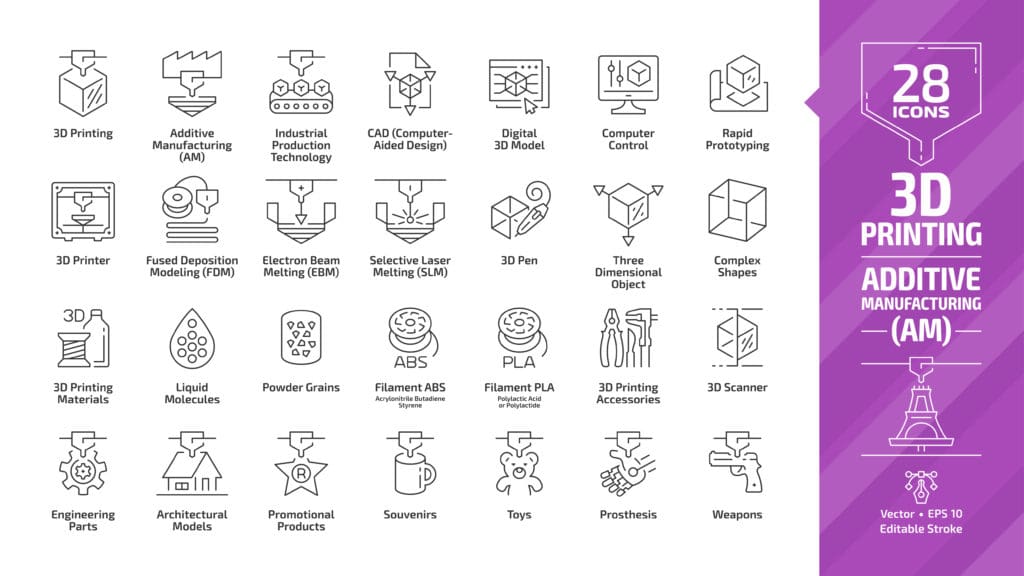Emerging technologies are shaping various industries, including architecture. While some of these technologies have been around for a while, their usage in the field of architecture is a relatively new development.
These technologies enable architects to make better designs, analyze huge sets of data, and interact with the virtual world.
Here are a few technologies setting the pace for the future of architecture:
Internet of Things (IoT)
The Internet of Things (IoT) is a technology that connects physical objects over the internet, allowing such objects to exchange data and information.
The technology uses sensors, software and other tools to detect images, sounds and other parameters then send the collected data through the internet or outputs it on the network connection, the technology has had an impact on architecture.
IoT has the potential to constantly update and monitor construction sites and projects — prior to the start of the project and then following a building through its lifecycle.
Parametrics
Parametric technology uses complex algorithms to determine the relationships between elements of the intended design and those of the expected response.
It is a generative design system, where adjusting the parameters will compute to create different types of outputs and create forms and structures that would not have otherwise been possible.
Parametric design can solve any structural, visual, perceptive and material issue and utilize each inch of development property to its maximum while allowing the architect to achieve their individual aesthetic aims.
Artificial Intelligence (AI)
In architecture, artificial intelligence (AI) is particularly important. It aids in analyzing and processing large datasets to generate models of the required designs quickly and efficiently. AI also provides nearly accurate estimations of different aspects involved in construction.

3D printing outline icon set with additive manufacturing (AM) print technology editable stroke line symbols: industrial production tech, computer aided design (CAD), digital model, rapid prototyping.
Robotics
Robotics has greatly increased safety and efficiency in the construction industry. For instance, robots help in carrying bricks, assembling objects, and positioning heavy materials, as well as helping architects in the design process.
They are also replacing humans to perform tasks that are risky and/or too difficult for humans.
3D Printing
Three-dimensional printing is an effective way to generate tangible models from 3D virtual models of an object or a structure.
Traditionally, architects used to make such models in the workshops manually. However, using new tech/software, architects are now able to design an object and print a 3D model of it for better visualization.
Using 3D printers greatly expands the limits of construction technologies.
Augmented Reality (AR)
The field of architecture has no boundaries due to the dynamicity of AR. Augmented reality is a technology that allows superimposing digital content, say, a virtual 3D model of an object onto physical space.
Architects use augmented reality to place proposed designs of buildings in the intended locations to create a real-life visualization of them.
Virtual Reality (VR)
Although this technology is somewhat similar to Augmented Reality (AR), virtual reality allows you to interact with a simulated environment.
In the construction industry, virtual reality enables architects to view a simulated environment of a design, which helps in identifying possible problems that can be rectified on the real design.
Big Data
Traditional data processing software has limits in terms of the size of data they can analyze. Thankfully, big data technology makes the processing of large sets of data possible. That said, architects are utilizing this technology to estimate costs, find more clients and conduct research on the building materials.
Vertical Design
As the population continues to grow, and growth space is becoming limited, architects are beginning to design vertical cities for livable areas in shrinking spaces.
This design theory is not only applied to commercial and residential spaces, it’s also being implemented for infrastructure and public services.
The above are just a few of the technological advancements shaping the future of the architectural industry. For architects, embracing these new trends are essential to keep pace with consumer demands and expectations.










